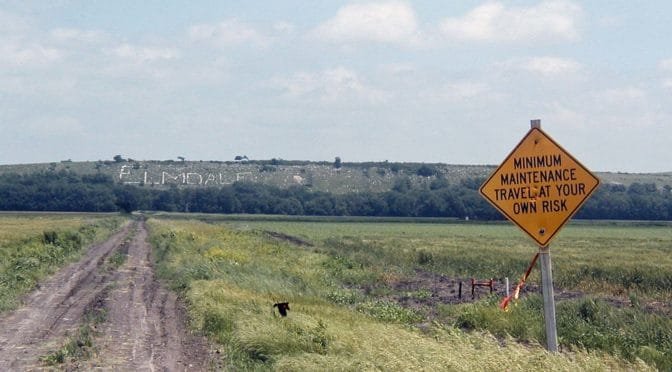Those who want to be informed of the happenings of the Kansas Legislature have these resources available.
Legislative documents
The Legislature’s site at kslegislature.org has rosters of members, lists of committees, lists of bills, journals (the daily record of proceedings in each chamber), and calendars (the plan for the day, along with topics for upcoming committee meetings).
A useful feature is the “Current Happenings” link for both the House and Senate. This has a link to the bills that have seen movement in some way each day. The page for each bill is generally useful, too, with the steps in the bill’s history, along with links to the bill text, fiscal and supplemental notes, and other material. Fiscal notes — prepared by the Division of Budget — estimate the financial impact of a bill, while the supplemental notes — prepared by Kansas Legislative Research Department — contain background and explanatory information. When attempting to understand legislation, the fiscal and supplemental notes are very useful.
New this year is the menu item “Committee Bill Hearings” on the “Committees” tab.
Of note, the Legislature’s site has for several years held an icon promising an RSS feed. But nothing is behind the link. Also, there is still an icon representing a link, but it does nothing.
Audio and video
Both the House and Senate broadcast audio of their proceedings. But you must listen live, as the broadcasts are not made available to the public in any other way. It would be exceedingly simple to make these past broadcasts available to the public, as explained here. But the legislature does not retain audio recordings of sessions.
As of this writing, the Kansas Legislature does not make available video of its proceedings.
Documents
Kansas Legislative Research Department (KLRD) has many documents that are useful in understanding state government and the legislature. This agency’s home page is www.kslegresearch.org. Of particular interest:
Kansas Legislative Briefing Book. This book’s audience is legislators, but anyone can benefit. The book has a chapter for major areas of state policy and legislation, giving history, background, and explanations of law. In some years the entire collection of material has been made available as a single pdf file, but not so this year. Contact information for the legislative analysts is made available in each chapter. The most recent version can be found on the Publications page. The version for 2017 is available here.
Of note, versions of the briefing book from years past are useful. KLRD doesn’t provide links to these old documents, but they are available. The search feature of the page (top right corner) will find these documents. It forms a Google site-specific search which looks like this: “site:www.kslegresearch.org summary of legislation.” The same works for old versions of other KLRD documents.
Kansas Fiscal Facts. This book, in 124 pages, provides “basic budgetary facts” to those without budgetary experience. It provides an overview of the budget, and then more information for each of the six branches of Kansas state government. There is a glossary and contact information for the fiscal analysts responsible for different areas of the budget. This document is updated each year. The most recent version can be found on the Publications page.
Legislative Procedure in Kansas. This book of 236 pages holds the rules and explanations of how the Kansas Legislature works. It was last revised in November 2006, but the subject that is the content of this book changes slowly over the years. The direct link is Legislative Procedure in Kansas, November 2006.
How a Bill Becomes Law. This is a one-page diagram of the legislative steps involved in passing laws. The direct link is How a Bill Becomes Law.
Summary of Legislation. This document is created each year, and is invaluable in remembering what laws were passed each year. From its introduction: “This publication includes summaries of the legislation enacted by the 2016 Legislature. Not summarized are bills of a limited, local, technical, clarifying, or repealing nature, and bills that were vetoed (sustained).” The most recent version can be found on the Publications page. For 2016, this document also summarizes the special session.
Legislative Highlights. This is a more compact version of the Summary of Legislation, providing the essentials of the legislative session. The most recent version can be found on the Publications page.
Kansas Tax Facts. This book provides information on state and local taxes in Kansas. The most recent version can be found on the Publications page.
Kansas Statutes. The laws of our state. The current statutes can be found at the Revisor of Statutes page.
Kansas Register. From the Kansas Secretary of State: “The Kansas Register is the official state newspaper. This publication provides a wide range of information such as proposed and adopted administrative regulations, new state laws, bond sales and redemptions, notice of open meetings, state contracts offered for bid, attorney general opinions, and many other public notices.” The Register is published each week, and may be found at Kansas Register.
















 From the
From the